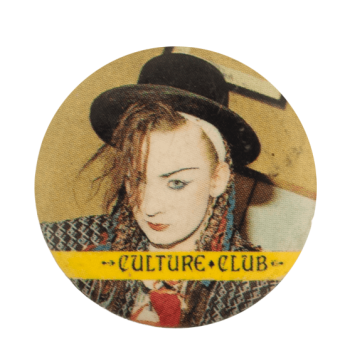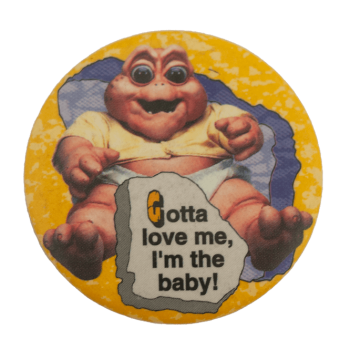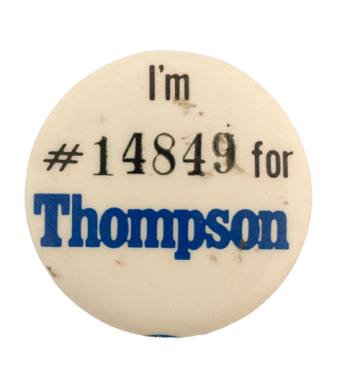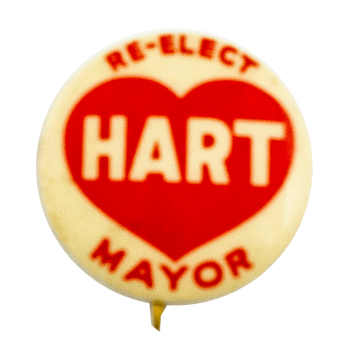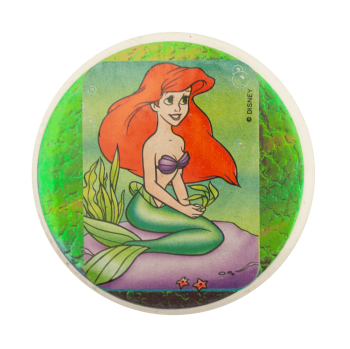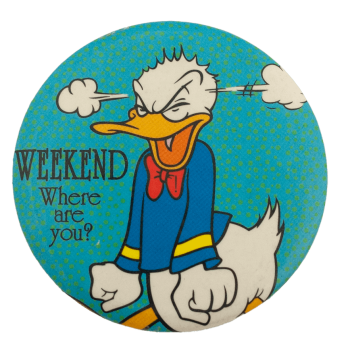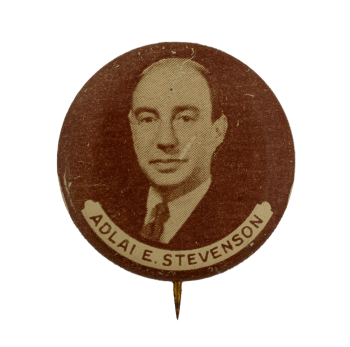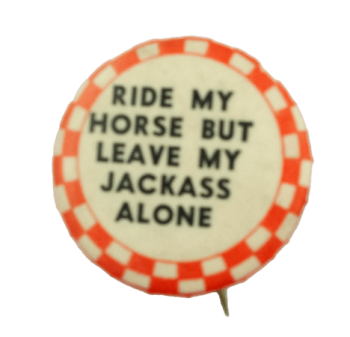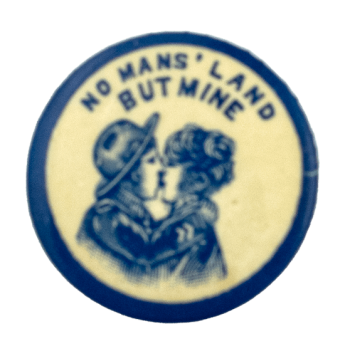Culture Club Boy George Portrait
| Category | |
|---|---|
| Additional Images | |
| Sub Categories | |
| Text on Button | CULTURE CLUB |
| Image Description | Photograph background with black text on yellow contrast strip. |
| Curl Text | © 1984 SHARPGRADE LTD BUTTON-UP CO 22120 RYAN WARREN, MI 49091 |
| Back Style | |
| The Shape | |
| The Size | |
| Year / Decade Made | |
| The Manufacturer | |
| Additional Information | Culture Club is a new-wave pop group formed in London in 1981. The band is best known for hits including "Do You Really Want to Hurt Me" and "Karma Chameleon." However, during their early days, the media often focused on the boundary-pushing androgyny of lead singer Boy George. His makeup, long hair, and eclectic clothing drew both admiration and ire. In one infamous incident, Boy George was refused entry to France by airport personnel unless he agreed to change into "male apparel." |
| Sources |
Wikimedia Foundation. (2023c, June 11). Culture club. Wikipedia. https://en.wikipedia.org/wiki/Culture_Club Donovan, Paul. "A Problem of Gender Keeps Star Waiting Three Hours." Clipping. 1984. Digital Transgender Archive, https://www.digitaltransgenderarchive.net/files/2n49t176q |
| Catalog ID | MU0566 |

